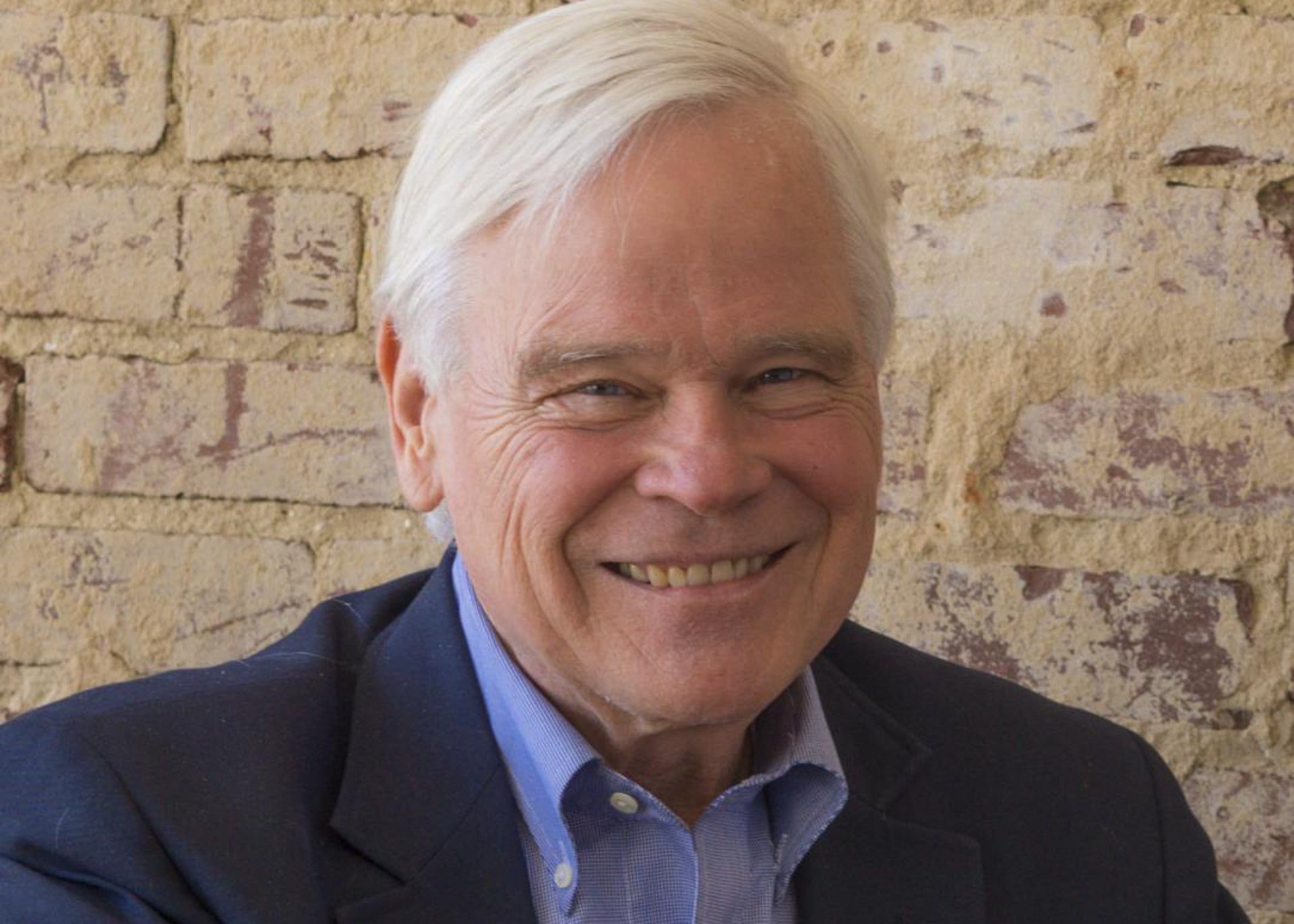The Nature Corner: A Friendship
Published 7:02 am Saturday, May 11, 2019
By Ernie Marshall
My mother wrote remembered stories of childhood, travels and family history, including one with my title for this column. After several paragraphs dwelling philosophically on friendship, Mom commenced her story of Francoise Meroc.
The story begins with a poem I wrote and submitted to Junior Natural History Magazine when I was ten years of age.
In science there are dinosaurs and stars,
And things of the sky,
And bugs and things that fly.
There is the flower
And electric power.
Among the dinosaurs there is the amphibian
And the age of Cambrian.
There are the ammonites and trilobites
And snails and shells.
In the age of reptiles
There are crocodiles.
There is the triceratops
And the protoceratops,
A brontosaurus and a tyrannosaurus,
An allosaurus and a stegosaurus.
And all the dinosaur giants in the study of science.
As Mom tells it, “Lo and behold, it was accepted. We were all very proud, and Ernest was quite the literary lion for a season.”
But that’s only the beginning of Mom’s story. Francoise Meroc lived in Toulouse, a city in southern France, had four children, three boys and a girls, as in our family, and a husband who was a lawyer.
Madam Meroc had subscribed to the magazine in which my poem appeared (in French translation, I presume) for her children, especially her ten year old son, Jean Fabi, the same age as I, who was also interested in nature and science.
Even more surprising than the publication of the poem was, “one day Ernest received a letter with a postmark from Toulouse, France.”
As Mom continued her story, “Fabi had admired Ernest’s poem and wondered if they could become pen pals. Naturally, Ernest was quite thrilled over the idea, so I helped him write a very simple letter in French to this young Fabi.”
“Then something moved me to reach out to this far away mother and try to find out more about her and her family. I dug out my long unused French dictionary and composed a letter to her. She replied, saying she was surprised and relieved to be able to write me in French rather than English. Thus began a pen friendship that lasted many years.” [The Merocs were an educated, cultured family, but the French don’t commonly speak English, at least some seventy years ago.]
It was a friendship, I might add, spanning two languages, 5000 miles, and three generations. Besides the friendship between Mom and Madam Meroc, fortuitous circumstances enabled me to meet Fabi and his younger brother Phillippee in Canada, at an International Boy Scout Jamboree, and Fabi again years later at his home near Paris. I also met the youngest brother in Paris and also when he was traveling in the U.S. My daughter Stephanie and Fabi’s son Michel even started up a pen pal correspondence.
The best part of all is that in 1970 my mother finally met and spend several days with Madam Meroc at her home in Toulouse, France.
“This was the fulfillment of a lifelong dream for me. When we [my sister Madilyn accompanied Mom] boarded the train for Paris we both stood looking out the train window drinking in the unfamiliar sights and sounds. It was a thrill to be asked for my passport and be able to answer in French.”
Mom vividly described her meeting with Madam Meroc. “The train pulled into Toulouse about 4 p.m. Madam Meroc was waiting at the barrier. It was easy to pick her out from the crowd. She was short, slightly plump, had reddish hair and fair complexion. There was an eager, alert expression about her that reminded me of a busy, bright-eyed little bird. We embraced like long lost friends.” [The husband Mom described as “tall, dark, and thin.” Fabi was of dark coloring, but the other children were red-heads like their mother.]
At Mom’s departure from her visit with the Merocs, she and Francoise “kissed each other goodbye and we were both crying. We had finally met and it truly felt like the meeting of kindred spirits.”
These two kindred spirits were never to meet again and several years later their correspondence abruptly ended. After a few years, Mom learned that Francoise had died. (My Mom and Francoise had both been widowed some years before.)
So what is the “take away,” as we say, from this story?
Surely something about how important friendships are to us, how rare genuinely deep and lasting friendships are and how we find them in unexpected places.
But there are some other rare finds here, bright nuggets of significance at my feet. I was ten years old and in fourth grade when I wrote and published the poem that initiated the chain of events leading to Mom’s special friendship. Miss Willis, my fourth grade teacher, whom I wrote about in my last month’s column, surely encouraged be to submit the poem and showed me how to do this. She’ll never know how wonderfully she touched my life. It’s something a teacher can never know, how far is the reach of their teaching and caring influences.
And there is more. The Meroc family mailed me a fossil four-inch canine cave bear’s tooth, an awesome 20,000 year old relic that barely fit in my ten year old hand, that was forever pride of place in my fossil collection.
Monsieur Meroc was a lawyer by profession, but also a paleo-archeologist by passion avocation and renowned expert in his field. His subject was those who dwelled in southern France in the Upper Paleolithic Period 40,000-10,000 years ago.
They were no ordinary “cave men,” but Cromagnon Man, the first Homo sapiens or “modern” humans, who left a wealth of artifacts behind, including the marvelous cave paintings of the animals they hunted.
Thanks you, Monsieur Meroc for introducing me to the wonders of this recovered world. Thank you, Madam Meroc for befriending my mother. And thank you, Mom for preserving your stories and insights on friendship for me.
FOR MORE COLUMNS AND LETTERS TO THE EDITOR, CHECK OUT OUR OPINION SECTION.




